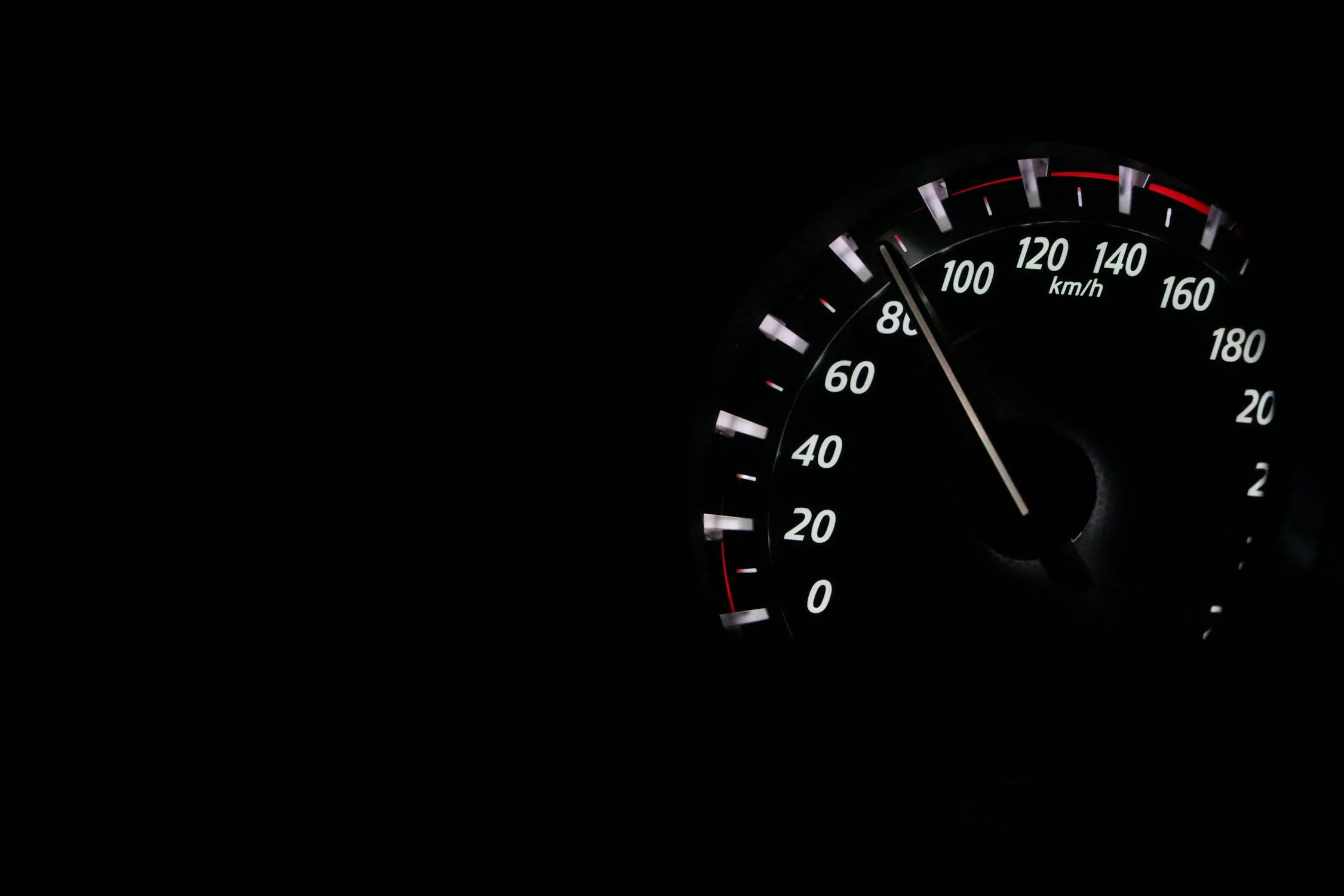10 Proven Tips to Improve Website Speed – Boost Performance & User Experience
Speed counts online. In an age where customers demand pages to load in under 3 seconds, a slow website can translate into lost traffic, conversions, and even search rank. If your business operates an e-commerce store, a business portfolio website, or a blog — website speed has a direct effect on user experience and SEO performance.
Here at Hadia Tech, we specialise in crafting blisteringly fast, super-optimised websites with the web’s latest technology. In this article, we’re sharing 10 tested-and-proven shortcuts for making your site unbelievably faster — without sacrificing design or usability.
So get on with it.
1. Optimise Images Without Sacrificing Quality
Large images compressed are one of the greatest culprits for slow sites. Optimize images prior to upload with ImageOptim, TinyPNG, or ShortPixel. Install an auto-image optimization plugin on WordPress sites.
Likewise, use the new image format, such as WebP, instead of JPEG or PNG — they support better compression and fast loading.
2. Install a Light, Well-Coded Theme
Your theme also comes into play as to how quickly your site will be. Try to avoid bloated themes with too many scripts and animations. Opt for a lightweight, SEO-optimized theme such as Hello (for Elementor), Astra, or GeneratePress.
We always select clean, light, and performance-optimized themes at Hadia Tech to provide speed from day one.
3. Use Browser Caching
Browser caching improves repeat visitors to load your website quicker by locally caching static files (images, CSS, JavaScript) in their browser. Enable plugins such as WP Rocket, W3 Total Cache, or LiteSpeed Cache to insert appropriate browser caching rules.

4. Minify CSS, JavaScript, and HTML
Every bit of code matters. Minifying removes unnecessary characters such as spaces, comments, and line breaks from code on your site — reducing file size and making your site load faster.
Plugins like:
- Autoptimize
- Fast Velocity Minify
- Or natively within WP Rocket or LiteSpeed Cache
5. Install Lazy Loading
Lazy loading loads the images and videos only when they come into the viewport of the user and not all at once. This reduces initial load time significantly.
Lazy loading can be natively enabled by modern browsers using HTML (loading=”lazy”), or you can install an add-on like a3 Lazy Load on WordPress.
6. Use a Content Delivery Network (CDN)
A CDN stores duplicates of static webpage content on web servers around the globe. Whenever you access your website, it is the near server that sends content — and hence loads more slowly everywhere else in the planet.
Some very popular CDN offerings are:
- Cloudflare
- Bunny.net
- StackPath
We at Hadia Tech include CDN products with every performance webpage project.
7. Minify HTTP Requests
- Too many HTTP requests (scripts, stylesheets, fonts, etc.) make your site slow. You can minimize them by:
- Merging CSS and JS files
- Turning off unnecessary plugins
Blocking outside scripts (such as unnecessary font or analytics software)
Always test your website with tools such as GTmetrix or Google PageSpeed Insights so that you can view unwanted requests.
8. Host Your Website on a Quick Server
No matter how well-optimized your site is, the wrong hosting will always get in the way. Use a host that offers:
- SSD storage
- LiteSpeed or NGINX servers
- In-built caching
- Decent support and uptime
We at Hadia Tech employ and recommend top-notch managed hosts which guarantee top-class performance.
9. Optimize Render-Blocking Resources
Certain scripts and stylesheets hold back the browser from rendering the page until they have finished loading. They are referred to as render-blocking resources.
- Utilize plugins or manual actions to:
- Load JavaScript files asynchronously (async or defer)
- Inline critical CSS
- Block non-critical scripts
- It prioritizes loading viewable content, accelerating perceived load time.
- 10. Test, Monitor, and Optimize Regularly
- Speed optimization is not a one-time event. Test your site regularly with the following tools:
- Google PageSpeed Insights
- GTmetrix
- Pingdom
- Integrate speed checking into your routine maintenance, particularly when adding new features, plugins, or media.
Final Thoughts – Speed is a Strategic Advantage
In today’s fast-paced digital landscape, a slow website is more than just an inconvenience — it’s a business risk. Visitors won’t wait. Google won’t rank. And you’ll lose out to faster competitors.
That is why, at Hadia Tech, we don’t just build stunning websites — we build fast, optimized, and high-performance digital experiences. By merging the latest web best practices with AI-powered tools and decades of industry experience, we empower businesses to lead the way.
Whether you’re launching a new project or need to speed up your existing site, our experts are here to help.
Want a free speed audit? Get in touch with us today at Hadia Tech — and let’s give your online presence a turbo boost.




